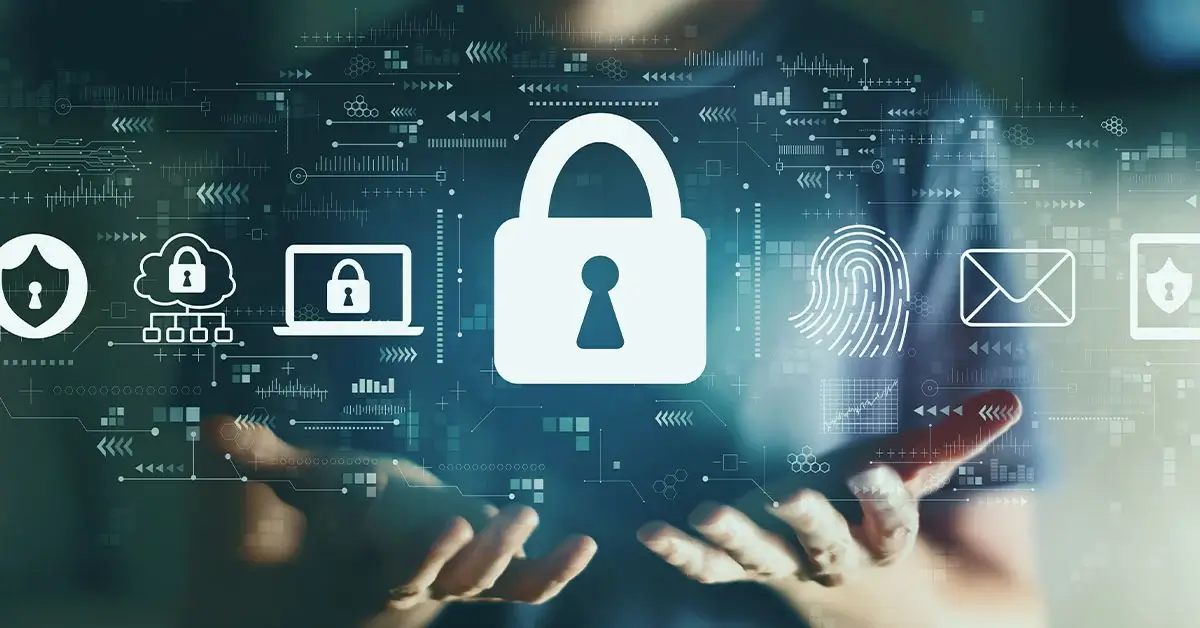Navigating the Cybersecurity Landscape in the Age of Remote Work
by
-
5 minutes read
-
March 30, 2021

Introduction
In a world where connectivity is the lifeblood of business operations and personal interactions, the concept of work has transcended the confines of traditional office spaces. The rise of remote work has ushered in unparalleled flexibility and convenience, but it has also given rise to a new battleground: the realm of cybersecurity. As organizations and individuals alike adapt to this evolving landscape, understanding and addressing the cybersecurity challenges of remote work have become paramount.
The Remote Work Revolution:
Remote work has gone from being a trend to a global norm. Enabled by advancements in communication technology, cloud computing, and collaboration tools, professionals can now contribute to projects, attend meetings, and access data from virtually anywhere. While this shift offers numerous advantages, it also introduces a host of security concerns that demand immediate attention.
Remote Work Cybersecurity Challenges:
- Endpoint Security:
With employees working from various devices and locations, securing endpoints (such as laptops, smartphones, and tablets) becomes a challenge. Ensuring these devices are updated, patched, and equipped with reliable security software is crucial. - Phishing and Social Engineering:
Cybercriminals capitalize on the human factor, targeting remote workers with phishing emails and social engineering scams. These attacks often exploit the distractions and vulnerabilities that come with remote work environments. - Home Network Security:
Home networks are typically less secure than corporate networks. Weak passwords, outdated routers, and lack of encryption can expose sensitive corporate data to cyber threats - Data Leakage:
Transferring data between personal and work devices, using personal cloud storage solutions, or printing sensitive information at home can lead to unintended data leakage. - Access Management:
Remote work requires efficient access to corporate systems and data. Striking the right balance between granting access and ensuring security is a significant challenge.
Strategies for Remote Work Cybersecurity:
- Multi-Factor Authentication (MFA):
Implement MFA for all corporate accounts to add an extra layer of security beyond passwords. - Virtual Private Networks (VPNs):
Encourage employees to use VPNs to encrypt their internet connections and secure data transmissions. - Security Awareness Training:
Regular training sessions can educate remote workers about common cyber threats, phishing tactics, and best practices for staying secure. - Endpoint Protection:
Deploy advanced endpoint protection solutions to safeguard devices against malware, ransomware, and other threats. - Data Encryption:
Encourage the use of encryption tools to protect data both in transit and at rest.
The Path Forward:
As remote work continues to redefine the modern work landscape, cybersecurity measures must evolve alongside it. Organizations must foster a culture of cybersecurity consciousness among remote workers, emphasizing their role as the first line of defense. Technology solutions, policy frameworks, and constant vigilance will play crucial roles in fortifying remote work environments against an ever-evolving array of cyber threats.
Conclusion
In a world where remote work is here to stay, the resilience of organizations and the security of their data are at stake. By addressing the challenges head-on and embracing proactive cybersecurity practices, businesses and individuals can navigate this new era with confidence, enabling the benefits of remote work to flourish while keeping cyber adversaries at bay.